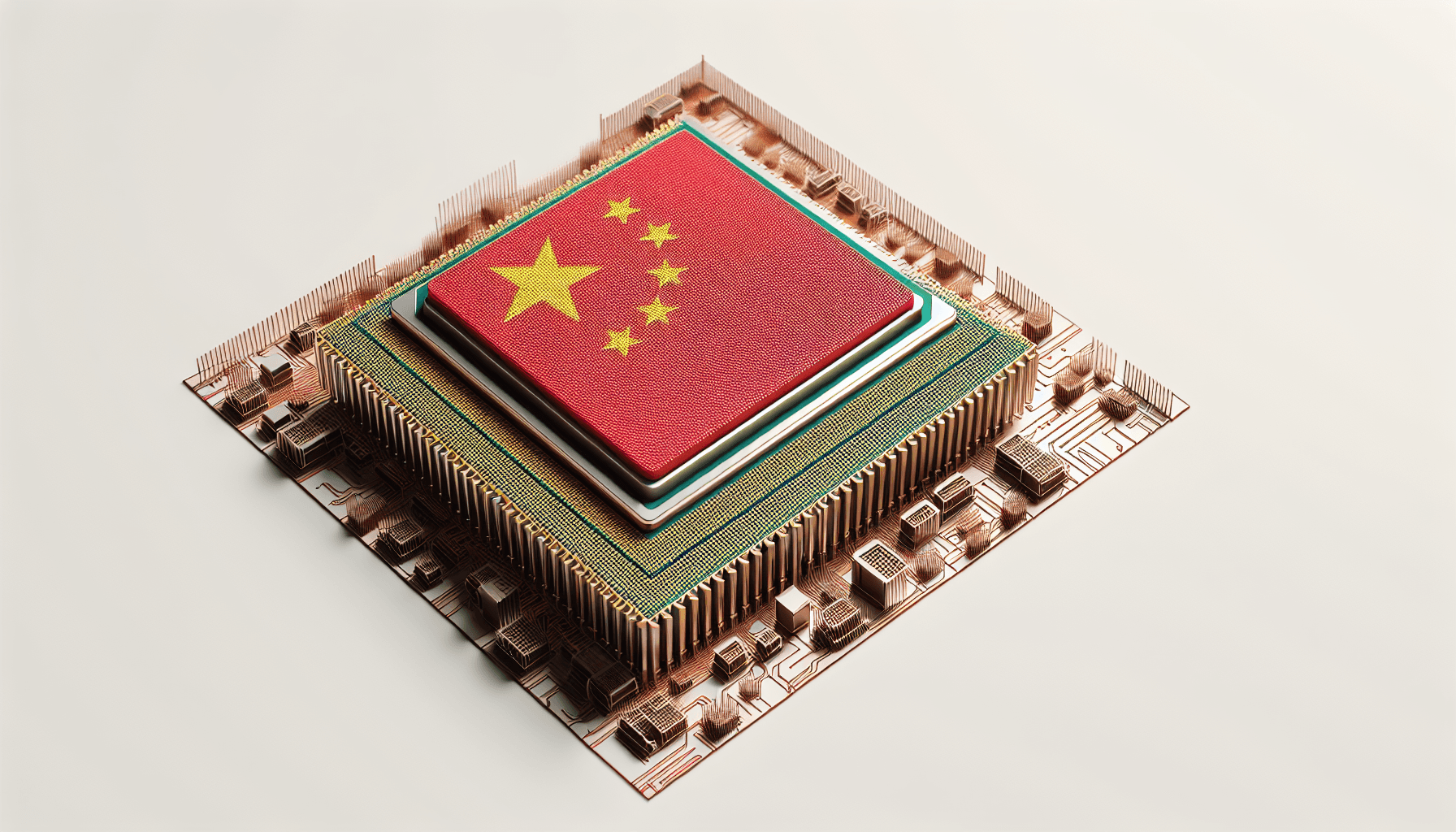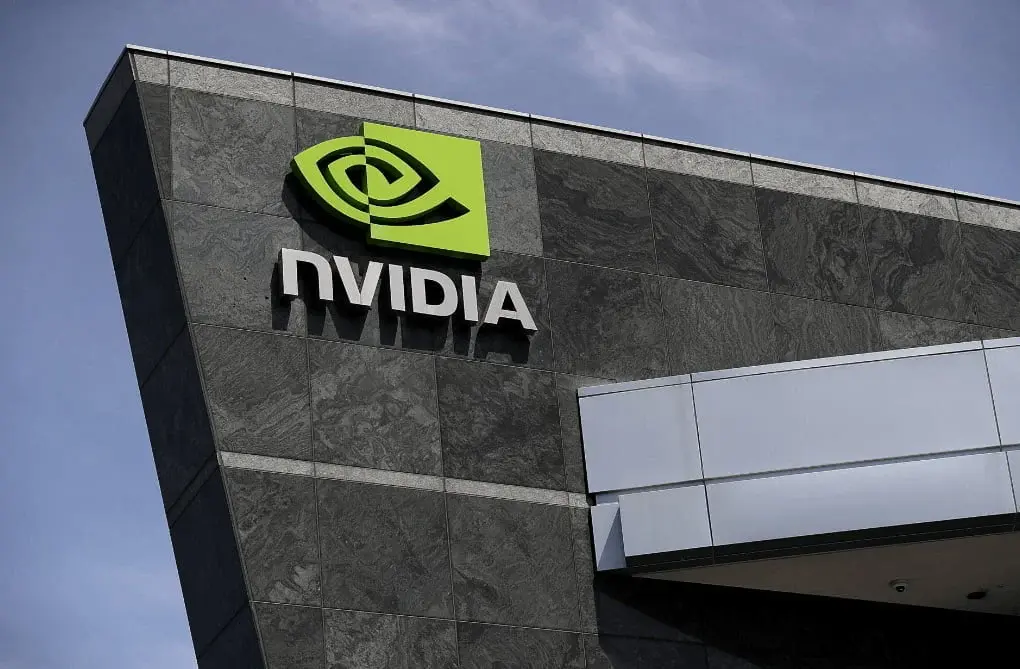Key Takeaways
1. The Tesla Model Y L will seat six passengers with captain’s chairs for easier access to the rear seats.
2. Upgrades include powered armrests in the second row, new C-pillar vents for airflow, and enhanced front seat features.
3. The last two rows of seats can fold flat with a button, increasing cargo space for travelers.
4. Deliveries of the Model Y L in China are expected to start in September, with production already underway.
5. The Model Y L for China will feature an 82 kWh NMC battery, offering a driving range of 751 km based on CLTC standards.
Photos of the Tesla Model Y L in China have been circulating widely across the internet. The automaker has also released a teaser video on the Chinese social media platform Weibo, revealing the interior of this updated SUV.
Interior Features and Seating
In the 18-second video, it’s confirmed that the Model Y L will accommodate six passengers. The second row is designed with captain’s chairs, which allows for easy access to the rear seats. This added space in the larger cabin makes it a better option for families needing extra room.
Other improvements to the seating include powered armrests for the second row, new vents located on the C-pillar for enhanced airflow to those in the third row, and additional cupholders. The front seats have also been upgraded with adjustable headrests, lumbar support, and leg-rest extensions.
Cargo Space and Cabin Upgrades
The last two rows of seats can be folded flat with the simple press of a button, creating more cargo space, a feature that will surely be appreciated by campers and road travelers. The cabin has also seen several minor updates, such as new door panels, aluminum accents, and a sleek black headliner.
Tesla is anticipated to commence deliveries of the Model Y L in China come September. There are reports indicating that the production of the larger SUV has already begun, as shown by the recent sighting of a car carrier transporting at least three uncovered units.
Expansion Plans and Battery Details
Recent sightings in Germany hint that Tesla may have plans for the Model Y L beyond the Chinese market. The version designed for China is expected to come equipped with an 82 kWh NMC battery, providing a driving range of 751 km based on CLTC standards.
Source:
Link











